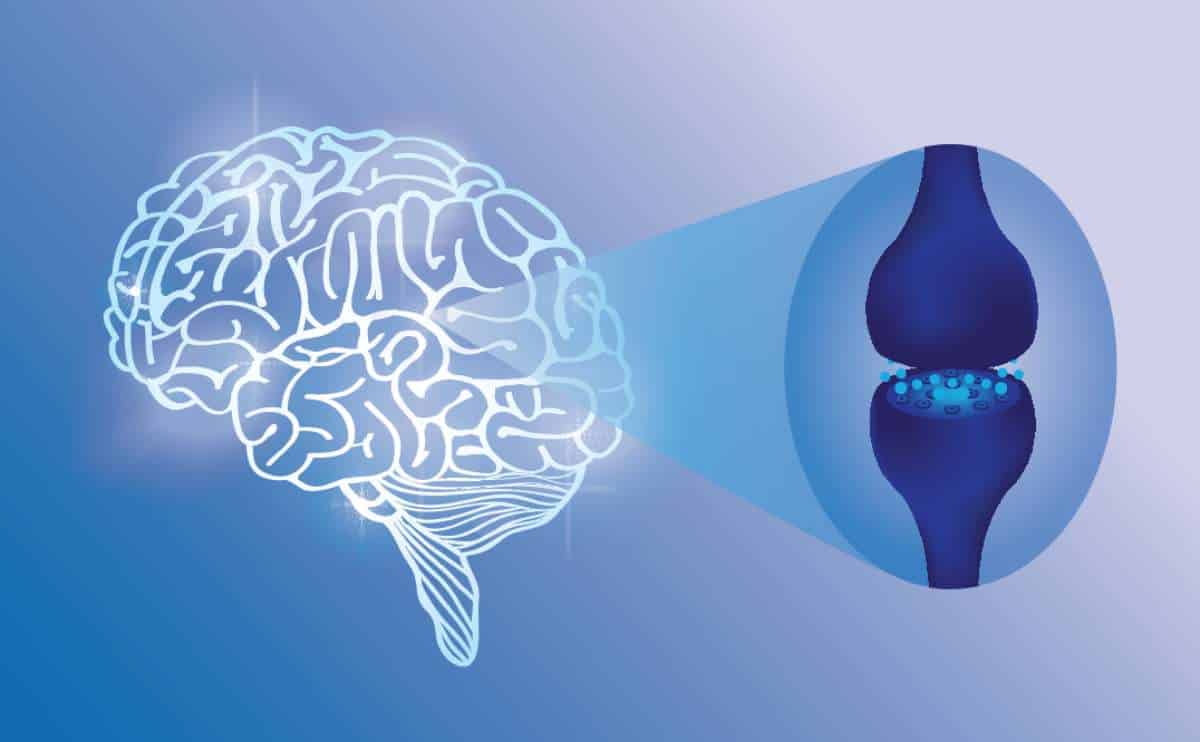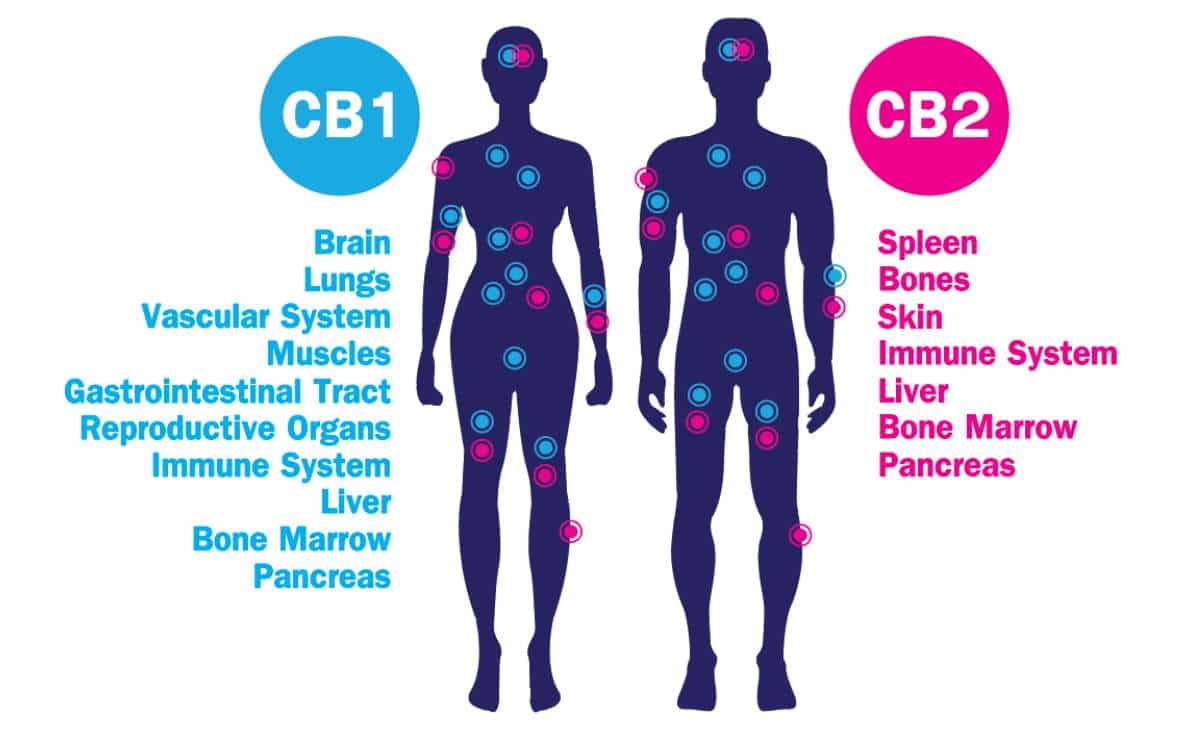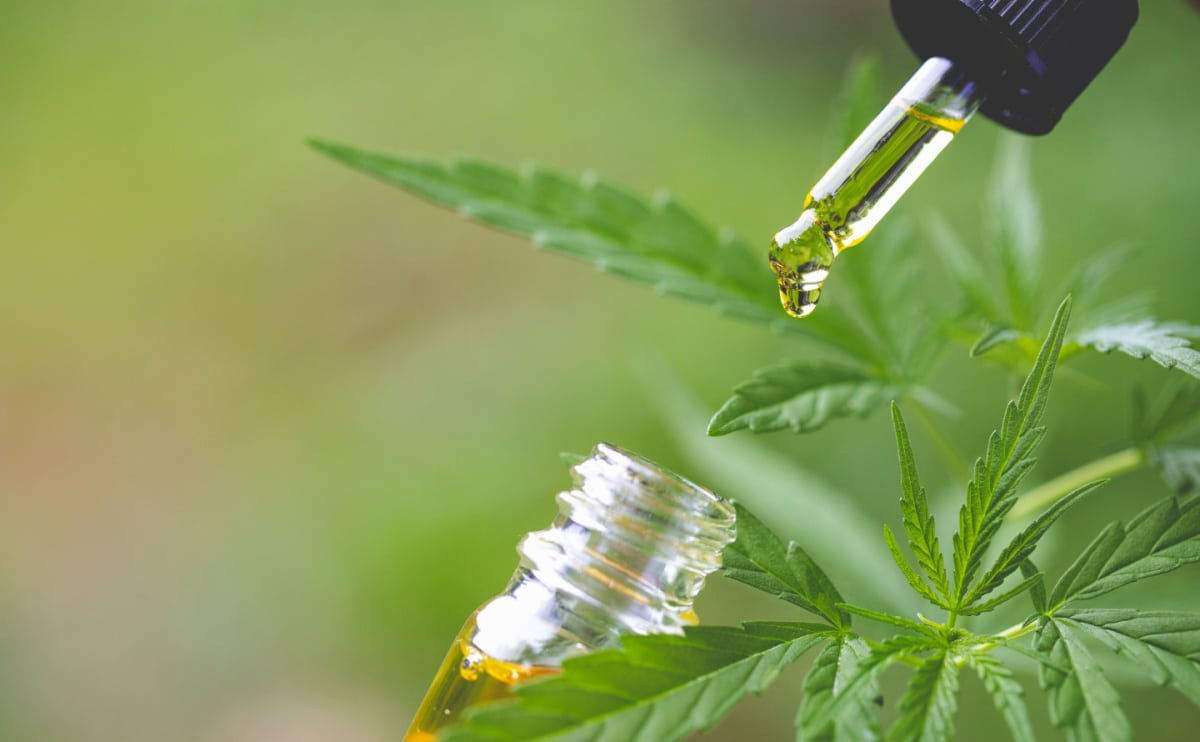Endocannabinoid System & CBD: What Is It & How Does It Work?
When you purchase through links on our site, we may earn a commission. Here’s how it works.

The ECS has gained exposure over the past few years as CBD and other prominent cannabinoids derived from the hemp plant have hit the market with a storm. What is this mysterious system? And what role does it play in health and human wellness? As it turns out, a lot more than you may think.
What Is The Endocannabinoid System?
The endocannabinoid system is a complex network of cellular receptors and chemical signals that run throughout our brains and bodies. The ECS is unique because it exists throughout all 11 major physiological systems of the body (e.g., digestive, nervous, skeletal, immune, etc.). Because of this, many people refer to the ECS as the “meta-system” of the body. This single system helps to regulate and balance all of the other major systems of the body.
The three main components of this master system are cannabinoid receptors, endocannabinoids, and enzymes. Sounds confusing, right? It helps to go back to how scientists discovered this system to understand how these components work together.
Cannabinoid Receptors

In 1988, scientists who were researching how tetrahydrocannabinol (THC), the principal psychoactive constituent of cannabis, produces its effects in the body made a breakthrough discovery — that THC binds tightly to specific sites in the brain. These sites are called cannabinoid receptors.
In 1990, researchers confirmed this discovery by isolating and cloning the first cannabinoid receptor, coined CB1 receptor. It turns out that CB1 is one of the most abundant types of receptors in the brain. In subsequent years, scientists also confirmed that cannabinoid receptors are expressed in other areas of the body, for example, CB2 in the spleen.
Where Are CB1 And CB2 Receptors Located?
- CB1 receptors are primarily located in the central nervous system, which consists of the brain and spinal cord. However, they do exist in other body tissues.
- CB2 receptors are mainly present in the peripheral nervous system and immune cells throughout the body.
Endocannabinoids
Research has also found that our bodies naturally produce molecules called endocannabinoids to stimulate cannabinoid receptors. Endocannabinoids are quite similar in structure to the molecules in the cannabis sativa (C. sativa) plant.
Also called endogenous cannabinoids, endocannabinoids are lipid-based neurotransmitters — chemical messengers in the body that send signals between nerve cells. The first two endogenous cannabinoids discovered include anandamide (AEA) and 2-arachidonoylglyerol (2-AG), which are both derivatives of arachidonic acid, a type of omega-6 fatty acid. They remain the best-studied endocannabinoids to date.
Enzymes
Metabolic enzymes are responsible for the biosynthesis and breakdown of endocannabinoids after they perform their function. The two main enzymes for endocannabinoids are fatty acid amide hydrolase, which breaks down AEA, and monoacylglycerol acid lipase, which breaks down 2-AG.
What Does The Endocannabinoid System Do?
The ECS produces different effects depending on the location in the body. However, in each area of the body, it has one goal in mind: establishing homeostasis. Each system of the body can reach a state of balanced equilibrium in which it is healthy and functioning properly.
To help better understand homeostasis, consider the two poles associated with sleep. On one extreme, you can feel tired and in need of sleep. On the other extreme, you feel overly energized and excited. In the middle of those two poles is an ideal state of adequate energy and rest.
When the immune system is in homeostasis, for example, it can better fight off infections and diseases while also keeping inflammation in check. With a balanced nervous system, you’ll have a good state of energy and feel focused and calm.
Every system in our body has a similar state of balance that allows that system to function at its best. The ECS encourages each system to reach that state.
Although researchers continue to investigate exactly how the ECS maintains homeostasis, the widely held theory is that when a particular bodily function is out of balance, our endocannabinoids kick into gear and bind to cannabinoid receptors to try to fix that imbalance. Once the endocannabinoids have performed their duty, enzymes take over to quash them so as not to overcorrect the problem.
Need A Visual Perspective Of The ECS?
The biology behind the ECS can be confusing. If you’re more of a visual learner, check out this video for a better understanding of this complex system.
What Bodily Functions Does The ECS Help Regulate?
Scientists continue to investigate how the ECS affects our bodies. Current research suggests that the ECS is responsible for regulating and controlling several bodily functions, including (but not limited to):
- Learning and memory
- Emotional processing
- Mood and stress
- Sleep
- Pain control
- Inflammatory and immune responses
- Metabolism
- Appetite and digestion
- Cardiovascular system function
- Reproductive system function
The ECS As A Promising Therapeutic Target
Due to this system’s widespread presence in our bodies, scientists are working on discovering potential therapeutic targets within the ECS to treat pain, immune response, and numerous conditions, such as Alzheimer’s disease, multiple sclerosis, Parkinson’s disease, Huntington’s disease, and more.
This ongoing research involves developing novel synthetic medications to stimulate or inhibit different areas of the ECS, as well as the use of cannabinoids present in the C. sativa plant to maintain health and alleviate a wide variety of disease symptoms.
The two most studied and well-known cannabinoids are tetrahydrocannabinol (THC) and cannabidiol (CBD); however, many others could have beneficial therapeutic effects. Emerging clinical studies show that cannabis or cannabinoid-based medications reduce joint inflammation and relieve pain in patients with cancer, multiple sclerosis, and fibromyalgia.
How Does THC Interact With Our ECS?
THC is the cannabinoid that causes the “high” that we associate with marijuana. It binds to both CB1 and CB2 receptors, causing a range of positive and negative effects in our minds and bodies. For example, THC can help reduce pain and relieve anxiety in some people; however, some experience greater anxiety and paranoia with its use. Scientists are working on developing man-made THC that only has positive effects.
How Does CBD Interact With Our ECS?
CBD doesn’t produce the “high” that THC does because it doesn’t bind to our CB1 and CB2 receptors in the same way THC does. The jury’s still out about the exact way CBD interacts with our ECS. However, some research suggests that CBD inhibits the function of enzymes, therefore elevating the levels of endocannabinoids.
CBD is being studied extensively as a potential treatment for symptoms in such conditions as epilepsy, anxiety, chronic pain, insomnia, substance abuse disorder, psychiatric disorders, and more. Further studies have found that CBD is generally safe and produces mild side effects.
What Is Endocannabinoid System Deficiency?
Endocannabinoid system deficiency, often referred to as clinical endocannabinoid deficiency, is a theory that ECS dysfunction or low endocannabinoid levels may contribute to the development of certain health conditions, such as migraine, fibromyalgia, and irritable bowel syndrome. However, much more research is needed to confirm or denounce this hypothesis.
How To Keep Your Endocannabinoid System Healthy
You can help your ECS do its job by eating a healthy diet and reducing stress. Other ways to keep your ECS functioning properly include:
- Exercise: Exercise is a great way to keep the endocannabinoid system in balance. When you exercise, endocannabinoid levels increase in your bloodstream. Along with producing endocannabinoids, exercise helps to manage stress levels and keep a healthy weight which both contribute to a balanced ECS.
- Massage & Acupuncture: There’s some evidence that massage may increase levels of endocannabinoids.
- Omega supplements: The body produces endocannabinoids by converting omega-3 and omega-6 fatty acids into endocannabinoids. By taking an omega supplement, like fish oil, you can increase the number of endocannabinoids your body is capable of producing and encourage a balanced ECS.
- Probiotics: A handful of animal studies suggest that probiotics may help regulate the ECS to maintain gut health.
- CBD: Because it’s believed that CBD may help boost our production of endogenous cannabinoids, adding a CBD supplement to your diet may help your ECS.
A Balanced System Is A Happy System
The endocannabinoid system is one of the most important parts of the body for building and maintaining optimal human health. We all know that exercise and a healthy diet can help balance out the endocannabinoid system, but taking CBD can help as well. Among other benefits, CBD can even help with brain fog.
Why Trust Safe Smart Living?
Sally has over 20 years of experience in health sciences communications. From researching and writing about scientific advances by world-renowned faculty at UNC-Chapel-Hill and the VCU Health System, she also spent many years as a public relations and marketing specialist at the UVA Health System. Sally has conducted extensive research into at-home DNA testing for humans and pets since 2015.


